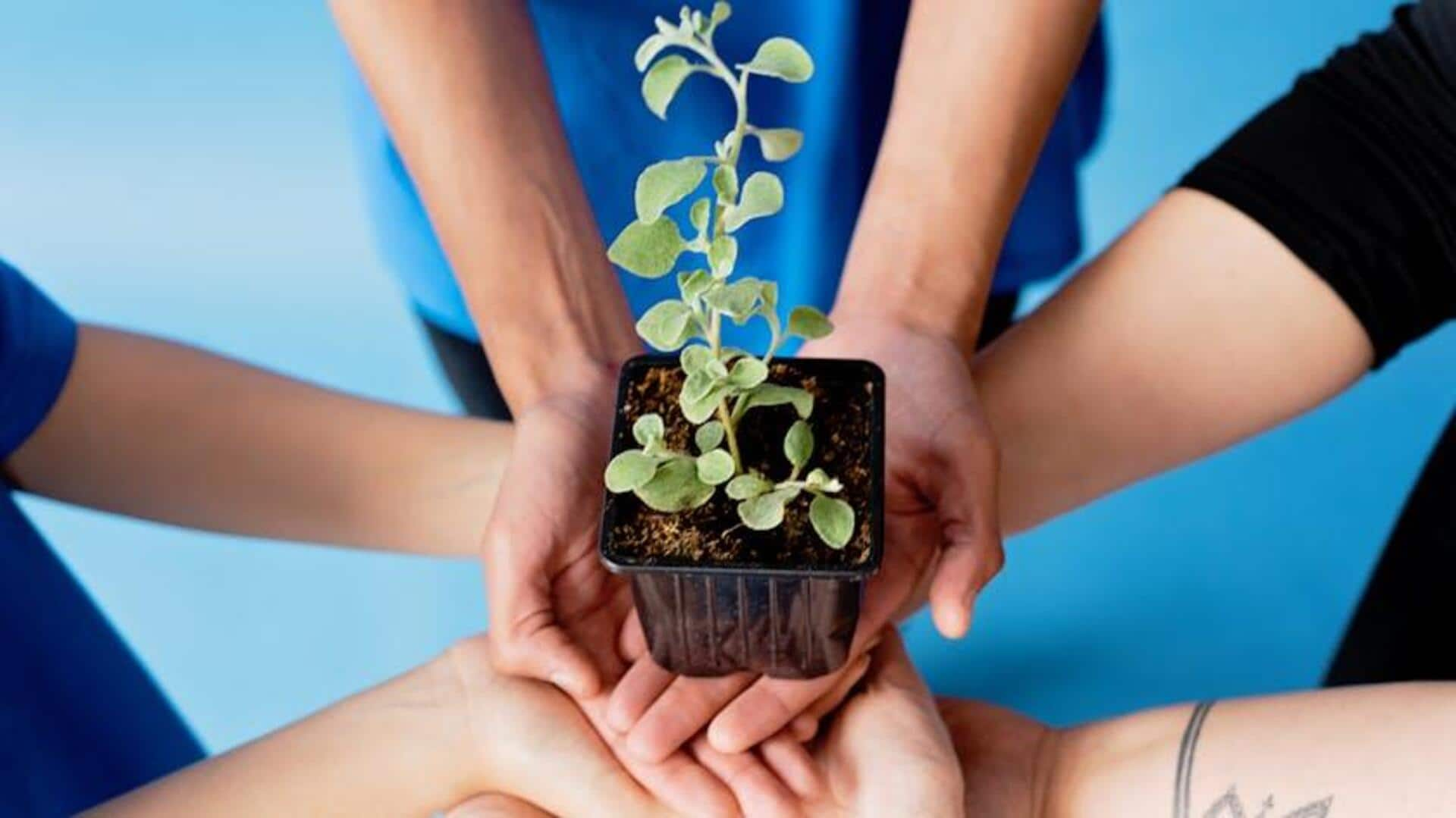Community garden is every human needs. Whys and hows, explained
What's the story
With the increasing cost of food and the urgent need for sustainable living, community gardening is becoming a powerful solution.
This idea not only builds a strong community, but also leads to considerable savings and improved food security.
By combining resources and knowledge, people can cultivate their fruits, vegetables, and herbs, cutting their grocery bills by up to 50%.
Tip 1
Start small but think big
Starting a community garden doesn't need huge amounts of land. A small unused plot or even shared spaces in apartment complexes can be a good starting point.
The key is to start with easy-to-grow crops like tomatoes, cucumbers, and leafy greens. These not only provide fast yields but also require less care.
By starting small, participants can learn and adapt without feeling overwhelmed.
Tip 2
Pool resources for efficiency
One of the key benefits of community gardening is resource sharing.
From seeds to tools, splitting costs among members can result in significant savings.
For example, purchasing seeds in bulk can lower the price per packet from ₹100 to ₹70 or even less.
And, sharing tools like spades or watering cans means not everyone has to buy their own.
Tip 3
Learn together through workshops
Holding frequent workshops within the community garden significantly contributes to its success.
Skilled gardeners or local agricultural experts can teach everyone about organic farming practices, controlling pests without chemicals, and techniques for using water efficiently.
This way, not only everyone learns and improves, but it also helps in building a strong sense of community.
Tip 4
Harvesting rainwater reduces costs further
Installing rainwater harvesting systems in the garden area can drastically cut down on water bills and keep plants well-hydrated during dry spells.
By using simple setups, like barrels or tanks, to catch rainwater, gardens can store up a significant amount of water.
This harvested rainwater can then be used for irrigation during the drier months, further reducing water bills and supporting eco-friendly gardening practices.
Tip 5
Share surplus produce locally
Community gardens aren't just about growing your own food; they're about sharing the abundance with your neighbors or donating it to charities.
This effort not only addresses hunger but also promotes healthier diets among wider populations, particularly those with limited access to fresh produce.
Donating surplus fruits and vegetables can greatly impact the diets of many families, contributing to a healthier community overall.
